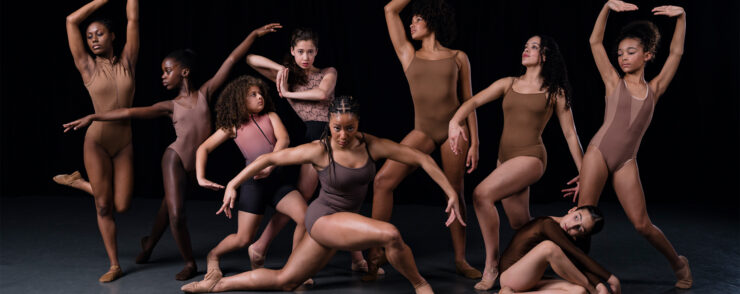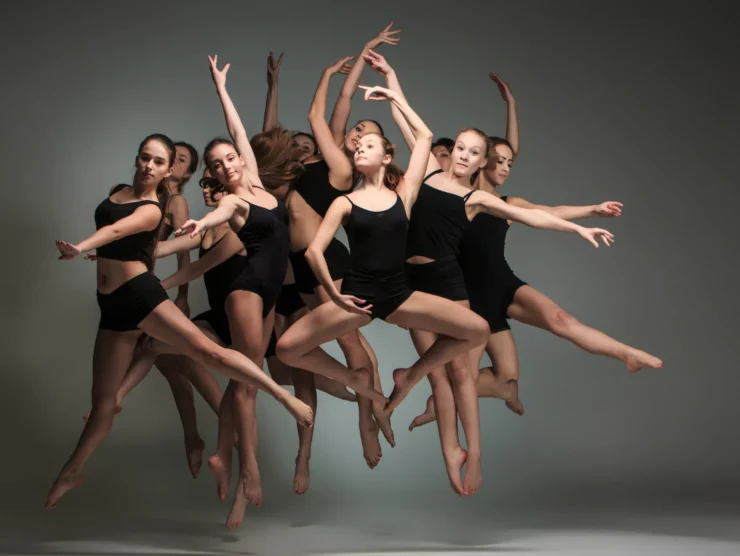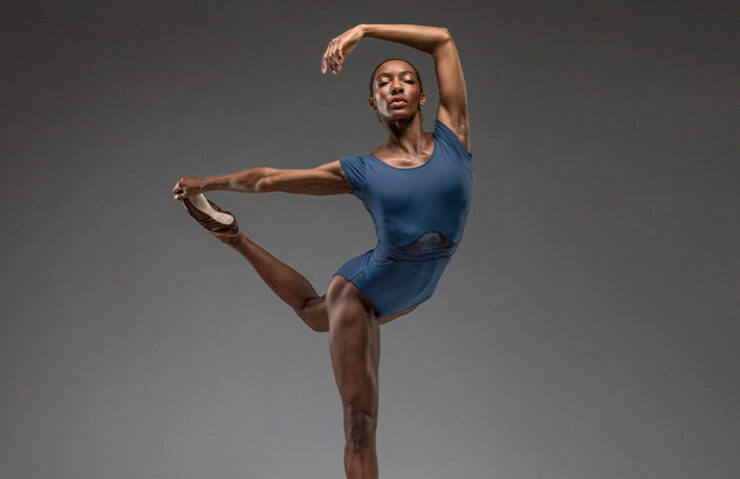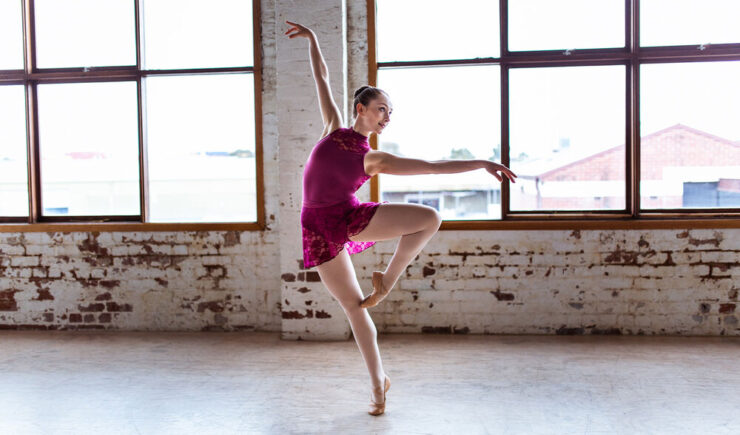When it comes to dance, it’s not just the movements that captivate an audience; it’s also the dancer’s appearance. The right dancewear can make a powerful impact, enhancing performance and showcasing the dancer’s skills. Whether you’re a seasoned performer or a beginner taking your first steps in the world of dance, dressing appropriately is crucial. In this blog post, we’ll explore some essential dos and don’ts of dancewear, providing valuable insights to help you dress to impress and shine on the dance floor.
Do: Choose dancewear that fits well and flatters your body

One of the most important aspects of dancewear is ensuring that it fits well and flatters your body shape. Ill-fitting dancewear can hinder movement and make you feel self-conscious, which can ultimately affect your performance. Invest in clothing that is tailored to your body type, allowing for a full range of motion while highlighting your best features. Remember, when you feel confident in what you’re wearing, your movements become more fluid and expressive.
Don’t: Wear baggy or ill-fitting dancewear that hinders movement
Baggy clothing might be comfortable for lounging around, but it’s a big no-no when it comes to performance. Loose-fitting clothes can obscure your body lines and hinder the audience’s ability to appreciate the intricacies of your movements. Additionally, the excess fabric can get caught or tangled during dynamic hop routines, leading to accidents or mishaps. Opt for clothing that hugs your body without being too tight, allowing your movements to be showcased in all their glory.
Do: Opt for breathable and moisture-wicking fabrics for comfort
Dance is a physically demanding art form, and it’s natural to work up a sweat during rehearsals and performances. To stay comfortable and focused, choose clothing made from breathable and moisture-wicking fabrics. Fabrics like nylon, spandex, and microfiber are excellent choices as they allow air to circulate, preventing overheating and wicking away sweat from your skin. By prioritizing comfort, you’ll be able to give your best performance without being distracted by discomfort or excessive perspiration.
Don’t: Wear heavy or restrictive materials that cause discomfort
Avoid clothing made from heavy or restrictive materials that can impede your movements and make you feel uncomfortable. Fabrics like denim or stiff cotton can restrict your range of motion, hindering your ability to execute precise steps. Similarly, avoid costumes with excessive embellishments or bulky accessories that can weigh you down and limit your flexibility. Remember, the focus should be on your skill and artistry, not on wrestling with cumbersome attire.
Do: Consider the style and theme of the dance when selecting attire

The style and theme should play a significant role in determining your choice of attire. Different dances require different outfits to convey the appropriate mood and aesthetic. For classical ballet, a leotard and tights are the norm, while a salsa routine may call for a vibrant and flowy dress. Consider the choreography, music, and overall ambiance to select clothing that complements the performance and helps create a cohesive visual experience for the audience.
Don’t: Wear flashy or distracting patterns that draw attention away from the dance
While it’s important to make an impression, it’s crucial to ensure that the focus remains on your dancing skills rather than your outfit. Avoid wearing clothing with overly flashy patterns or bold prints that could distract the audience from your performance. Opt for solid colors or subtle patterns that enhance your movements and allow the audience to appreciate your technique and expression. Remember, the goal is to create a harmonious visual presentation that complements and supports the dance.
Do: Pay attention to footwear and select appropriate shoes for each style
Footwear is an essential aspect of clothing that often gets overlooked. Different styles require specific shoes to ensure proper technique and prevent injuries. Ballet dancers need ballet slippers, while hip-hop dancers require sneakers with good traction. Latin dancers typically wear heeled shoes, and tap dancers need shoes with metal plates on the soles. Invest in high-quality shoes that provide comfort, support, and stability, allowing you to move with confidence and precision.
Don’t: Wear shoes that are too tight, uncomfortable, or unsuitable for the dance
Avoid the temptation of squeezing your feet into ill-fitting or inappropriate shoes. Tight shoes can restrict blood flow and cause discomfort, leading to unnecessary distractions during your performance. Similarly, wearing the wrong shoes for a particular style can affect your balance, technique, and overall execution. Ensure that your shoes fit properly, provide ample support, and are designed specifically for the style you’re performing. Your feet will thank you, and your dancing will shine as a result.
Do: Accessorize thoughtfully to enhance your outfit

Accessorizing can elevate your outfit and add an extra touch of flair to your performance. Consider using accessories like belts, scarves, or jewelry that complement your clothing and enhance your movements. Accessories can help define the character you’re portraying or accentuate the lines and shapes you create with your body. Thoughtful and purposeful accessorizing can make your routine more visually captivating, adding that extra sparkle to your performance.
Don’t: Overdo accessories that may interfere with movement or distract from the dance
While accessorizing can enhance your outfit, it’s crucial not to overdo it. Avoid accessories that may interfere with your movements or become distracting to the audience. Large or noisy jewelry, excessive hair ornaments, or accessories that tend to shift or fall off during your routine should be avoided. Remember, your moves should take center stage, and accessories should complement your performance rather than steal the spotlight.
Conclusion
By following these dancewear dos and don’ts, you’ll be well on your way to dressing to impress and making a lasting impact on the floor. Remember, dancewear is more than just clothing; it’s an extension of your artistry and expression. Choose wisely, prioritize comfort and functionality, and let your clothing enhance your performance. With the right attire, you’ll not only feel confident but also captivate your audience with your skill, grace, and style.

